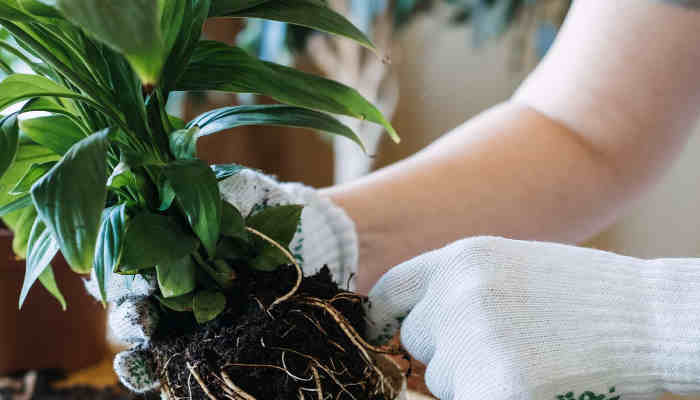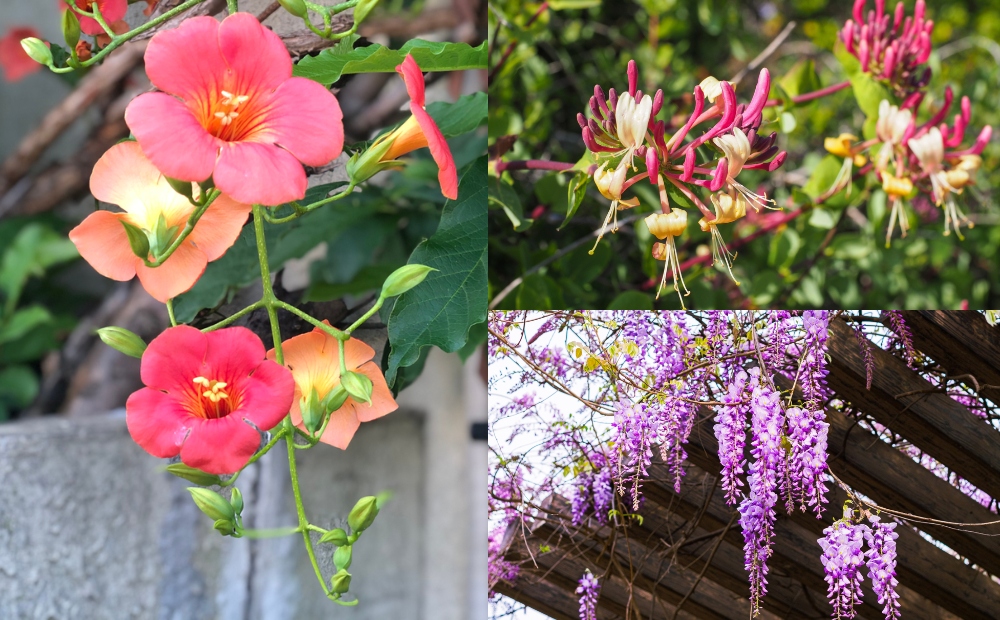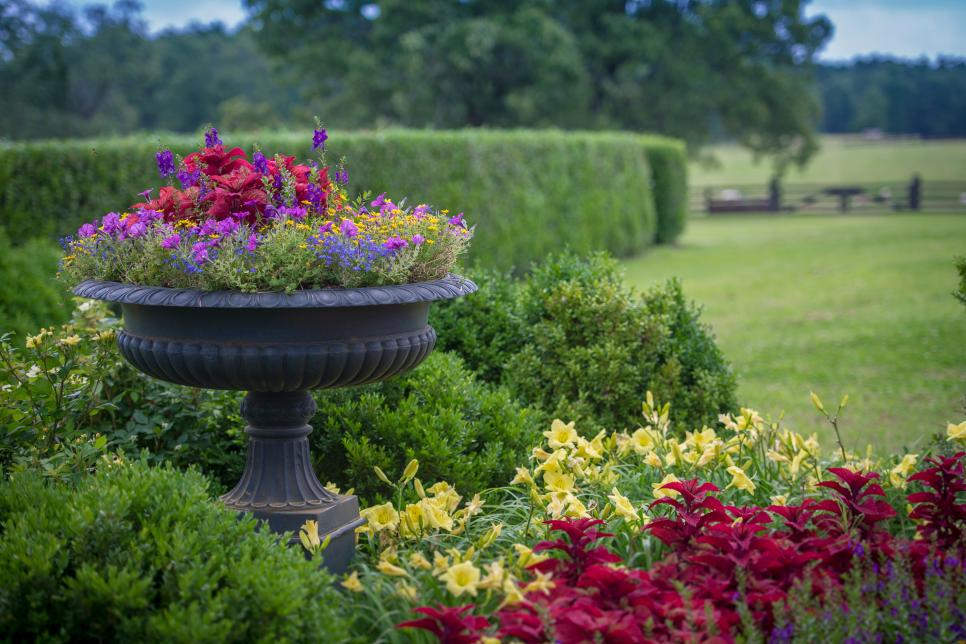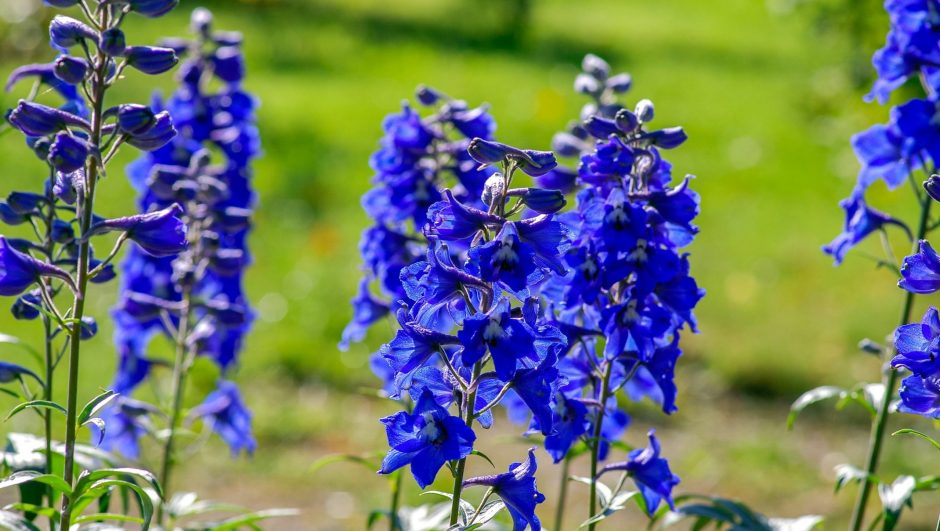Flower Garden Plants
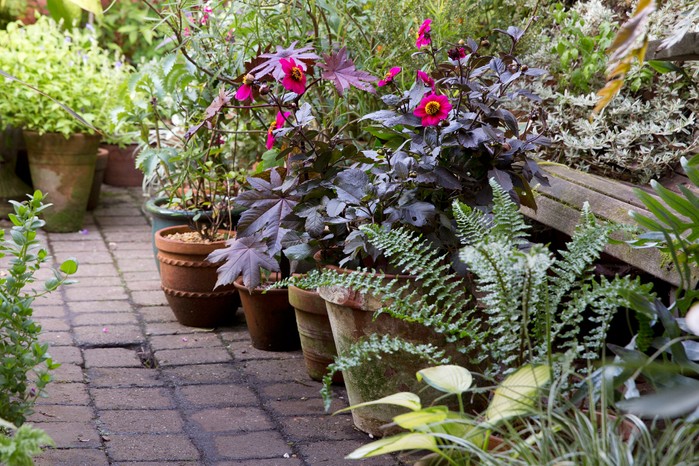
Flower gardens are a vibrant addition to any yard, transforming a dull space into a colorful haven. Whether you’re an experienced gardener or a beginner, choosing the right flower garden plants is key to creating a space that brings beauty and joy year-round. With the right mix of colors, textures, and plant types, your garden can bloom in stunning ways that complement your personal style.
1. Choosing the Right Flower Garden Plants
Selecting the right plants is essential for a thriving flower garden:
-
Consider Your Climate: Different flowers thrive in different climates. Whether you’re in a cooler region or a warmer area, choose plants that are suited to your local environment. Research the best flower garden plants for your specific zone to ensure success.
-
Sunlight Needs: Some flowers require full sun, while others thrive in partial shade. Be sure to check the sunlight requirements of your chosen plants to give them the best chance to flourish.
2. Best Flower Garden Plants for Beginners
If you’re new to gardening, certain flowers are easier to grow and maintain:
-
Marigolds: These cheerful, vibrant flowers are not only easy to grow but also serve as natural pest deterrents.
-
Sunflowers: Known for their large, bright blooms, sunflowers are perfect for beginners and bring bold beauty to your garden.
-
Pansies: With their colorful faces and hardy nature, pansies are a great choice for beginner gardeners. They thrive in cooler climates and bloom in the spring and fall.
3. Perennial Flower Garden Plants for Year-Round Blooms
Perennials are a fantastic choice if you want flowers that come back year after year:
-
Lavender: This fragrant, purple beauty not only adds a soothing scent to your garden but also attracts pollinators like bees and butterflies.
-
Peonies: Known for their lush, full blooms, peonies add a romantic touch to any garden. They bloom in late spring and early summer.
-
Daylilies: These hardy flowers bloom for extended periods and come in a variety of colors. They’re perfect for low-maintenance gardens.
4. Annual Flower Garden Plants for Instant Color
Annual flowers are perfect for adding vibrant pops of color to your garden every season:
-
Petunias: These colorful flowers come in a variety of shades and can be planted in containers or flower beds, offering a long-lasting burst of color.
-
Zinnias: With their daisy-like appearance and wide range of colors, zinnias make great additions to any garden.
-
Geraniums: Geraniums are popular for their bold flowers and versatility in both outdoor gardens and indoor pots.
5. Incorporating Flower Garden Plants into Your Landscape
-
Border Plants: Use low-growing flowers like alyssum or lobelia along the borders of your garden to create a soft, colorful edge.
-
Vertical Gardening: For limited space, consider using flowering vines such as clematis or morning glories. These plants grow upward, making them ideal for trellises and fences.
-
Colorful Groupings: Planting flowers in groups or clusters can create a striking visual effect. For example, a mix of tulips, daffodils, and hyacinths in a single area can create a beautiful spring bloom.
6. Caring for Your Flower Garden Plants
Proper care ensures your flowers thrive:
-
Watering: Make sure to water your flowers according to their needs. Most flowers prefer deep watering rather than frequent shallow watering.
-
Fertilization: Feed your flower garden plants with a balanced fertilizer to encourage healthy growth and vibrant blooms.
-
Deadheading: Remove spent blooms regularly to encourage new flowers to grow and prevent disease from spreading.
7. Flower Garden Plants That Attract Pollinators
Attracting pollinators like bees and butterflies is beneficial for your garden and the environment:
-
Bee Balm: This perennial attracts bees and butterflies with its vibrant red, pink, or purple flowers.
-
Coneflowers: These drought-tolerant flowers are not only beautiful but also draw in pollinators, making them an excellent addition to any garden.
